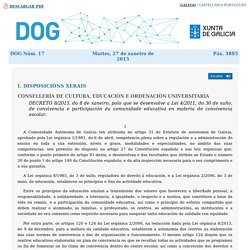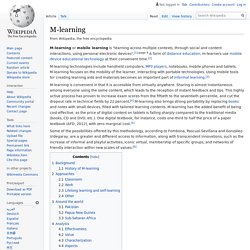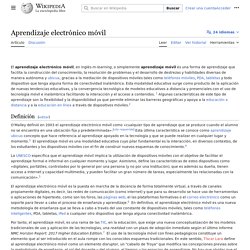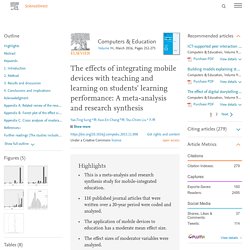

Towards the Mobile-Learning in the School: Analysis of Critical Factors on the Use of Tablets in Spanish Schools. Artigo 19. Normas de convivencia. Decreto do DOG nº 17 do 2015/1/27. A Comunidade Autónoma de Galicia ten atribuída no artigo 31 do Estatuto de autonomía de Galicia, aprobado pola Lei orgánica 1/1981, do 6 de abril, competencia plena sobre a regulación e a administración do ensino en toda a súa extensión, niveis e graos, modalidades e especialidades, no ámbito das súas competencias, sen prexuízo do disposto no artigo 27 da Constitución española e nas leis orgánicas que, conforme o punto primeiro do artigo 81 desta, o desenvolvan e das facultades que atribúe ao Estado o número 30 do punto 1 do artigo 149 da Constitución española, e da alta inspección necesaria para o seu cumprimento e a súa garantía.

A Lei orgánica 8/1985, do 3 de xullo, reguladora do dereito á educación, e a Lei orgánica 2/2006, do 3 de maio, de educación, establecen os principios e fins da actividade educativa.
M-learning or mobile learning. Distance education using mobile device technology M-learning or mobile learning is "learning across multiple contexts, through social and content interactions, using personal electronic devices".[1]:page 4 A form of distance education, m-learners use mobile device educational technology at their convenient time.[2] M-learning technologies include handheld computers, MP3 players, notebooks, mobile phones and tablets.

M-learning focuses on the mobility of the learner, interacting with portable technologies. Using mobile tools for creating learning aids and materials becomes an important part of informal learning.[3] M-learning is convenient in that it is accessible from virtually anywhere. Background[edit] Mobile learning is the delivery of learning, education or learning support on mobile phones, PDAs or tablets.[7] New mobile technology, such as hand-held based devices, is playing a large role in redefining how people receive information. History of M-learning[edit] Aprendizaje electrónico móvil. Definición[editar] O'Malley definió en 2003 el aprendizaje electrónico móvil como «cualquier tipo de aprendizaje que se produce cuando el alumno no se encuentra en una ubicación fija y predeterminada».[2] Esta última característica se conoce como aprendizaje ubicuo concepto que hace referencia al aprendizaje apoyado en la tecnología y que se puede realizar en cualquier lugar y momento. [3] El Mobile Learning es una modalidad educativa, cuyo pilar fundamental es la interacción, en diversos contextos, de los estudiantes y los dispositivos móviles con el fin de construir nuevos esquemas de conocimiento.[4] La UNESCO especifica que el aprendizaje móvil implica la utilización de dispositivos móviles con el objetivo de facilitar el aprendizaje formal e informal en cualquier momento y lugar.

Historia[editar] Características y capacidades[editar] Algunas características del aprendizaje móvil se muestran a continuación: Los beneficios potenciales de este tipo de aprendizaje son: Metaestudio: The effects of integrating mobile devices with teaching and learning on students' learning performance: A meta-analysis and research synthesis. 3.2.

Overall effect size for learning achievement The distribution of the effect sizes of the 110 articles is shown in Fig. 4. The forest plot of effect sizes and the 95% confidence interval of the 110 articles are shown in Appendix B. There were two unusually large effect sizes, g = 4.045 (Hsu & Lee, 2011) and g = 3.050 (Wu, Sung, Huang, Yang, & Yang, 2011), which were larger than the average effect size for the entire collection of 110 articles (g = 0.628) more than three standard deviations, and so these were not included in further analyses (Lipsey & Wilson, 2000).
Using the procedure of Lipsey and Wilson (2000) with a random-effects model to integrate the effect sizes of the 108 articles, there was an overall moderate mean effect size of 0.523, with a 95% confidence interval of 0.432–0.613. Download : Download full-size image Fig. 4. 3.3. Table 2. Note. *p < .05; **p < .01; ***p < .001. 3.3.1.